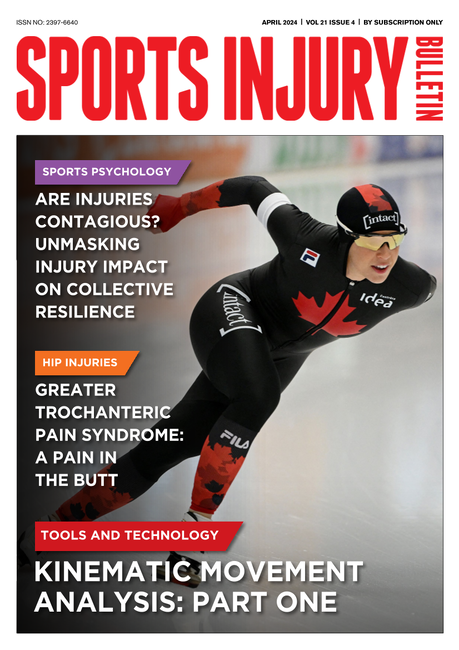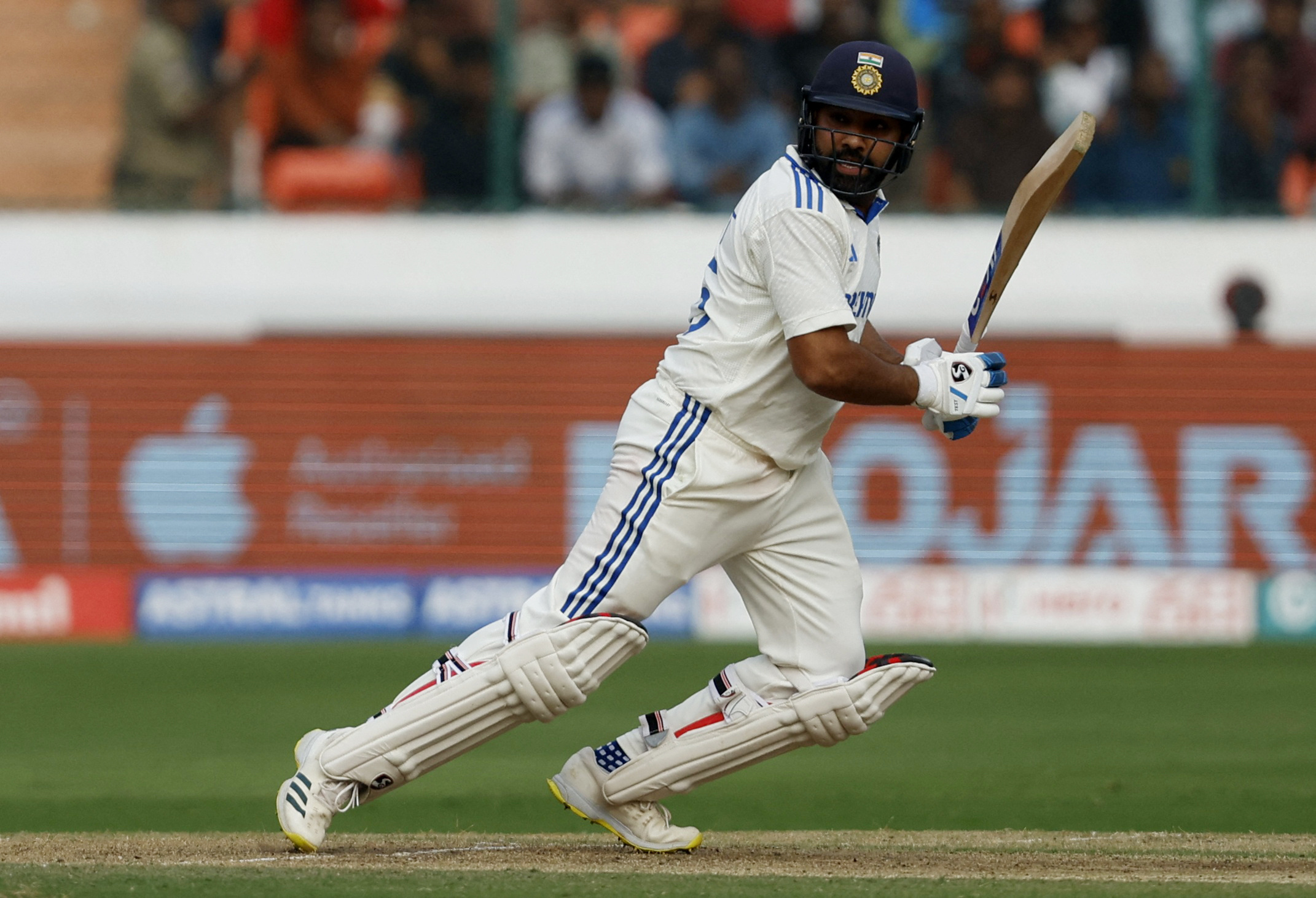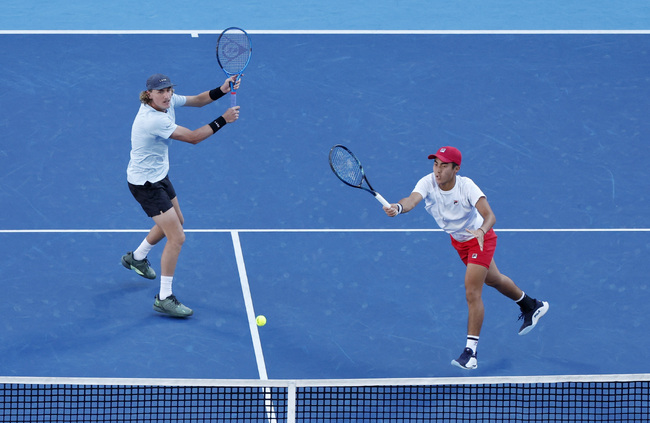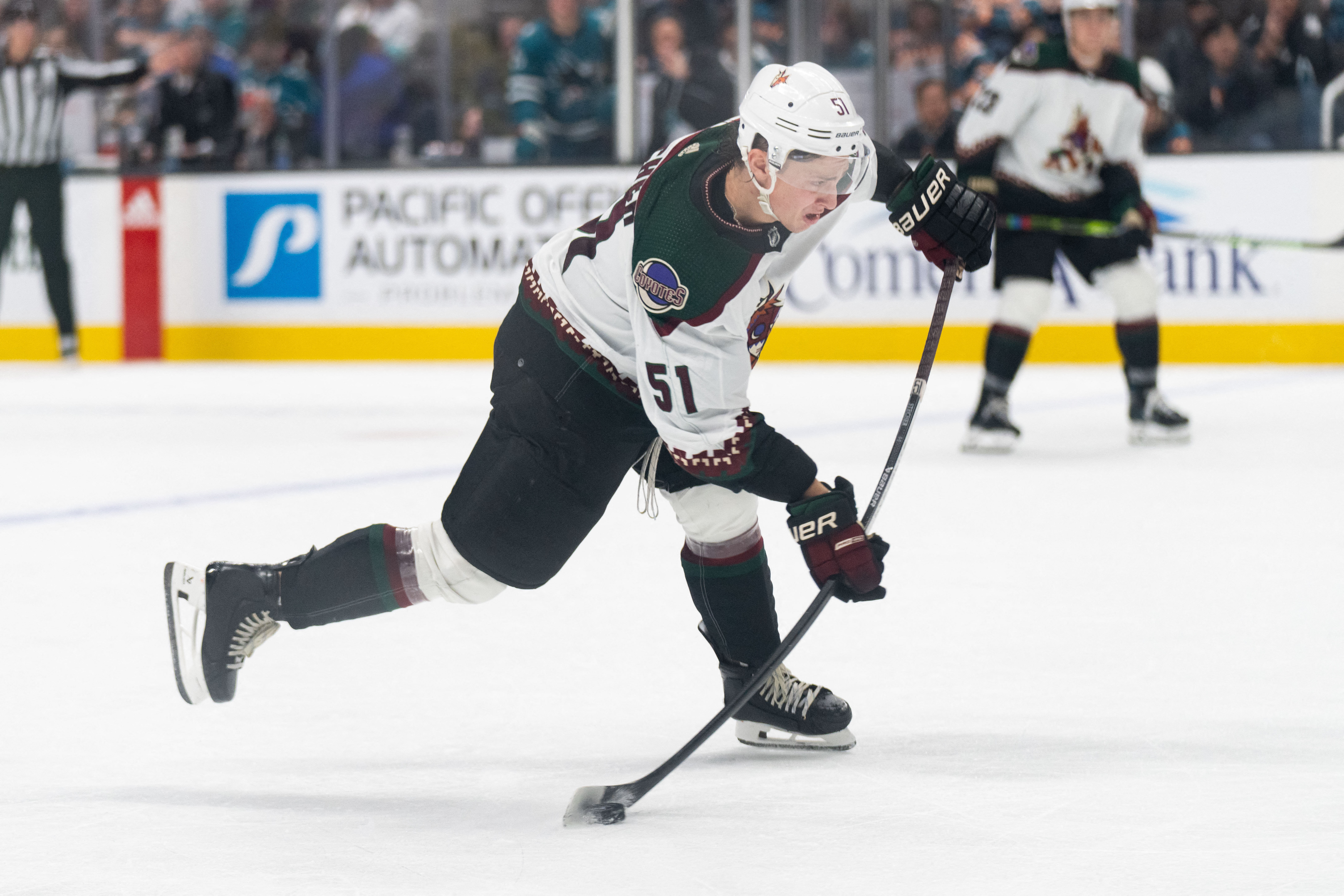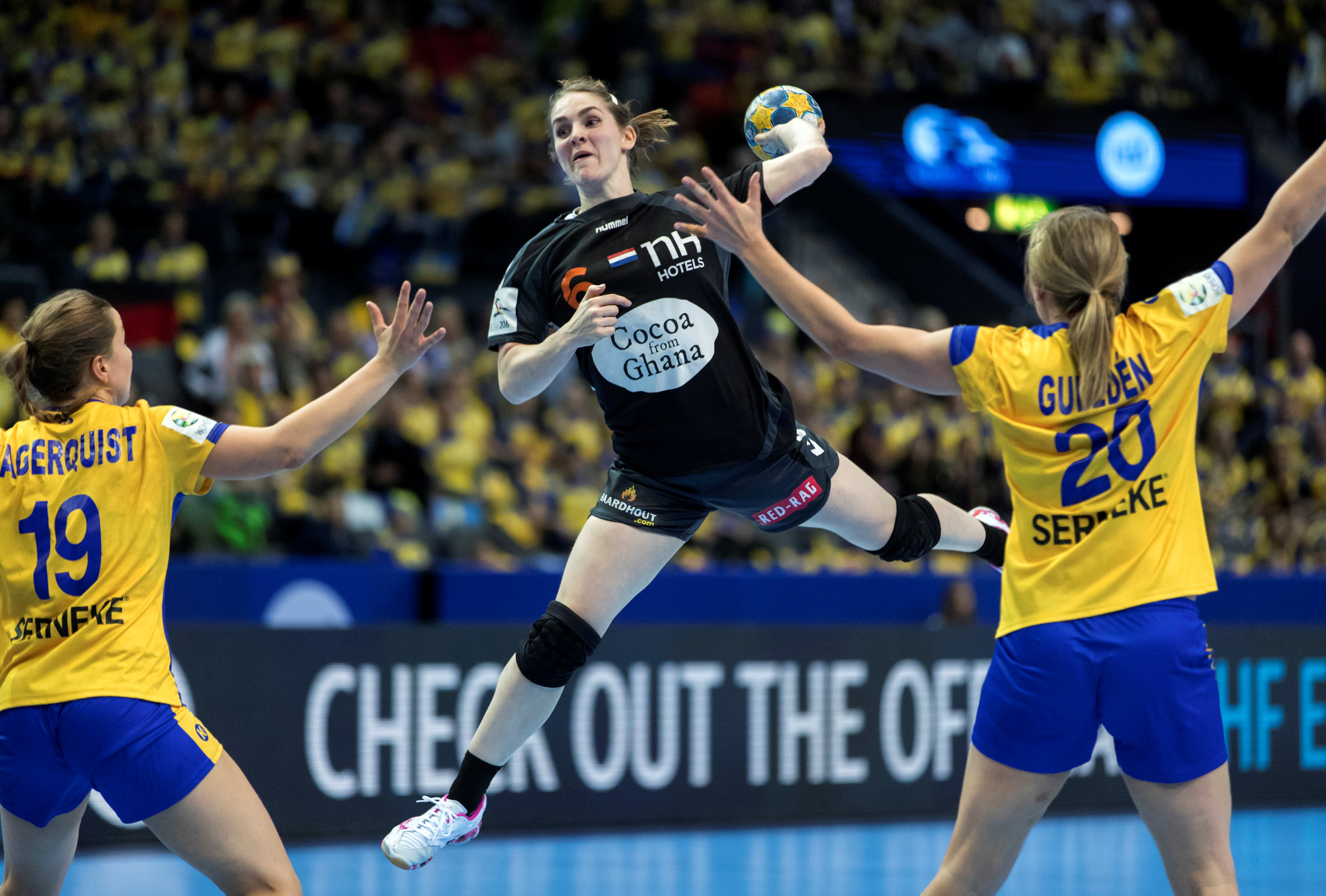Jumping to conclusions about anterior knee pain
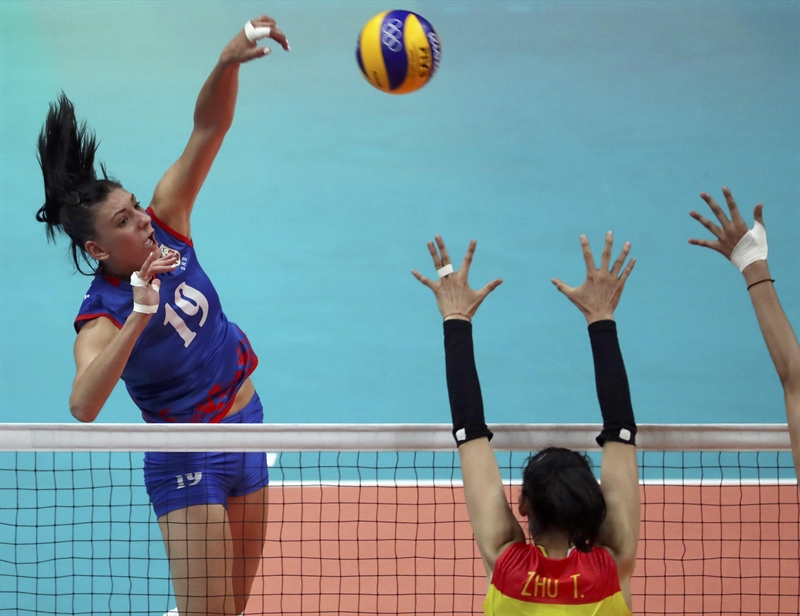
Jumper’s knee occurs in 14% of athletes, mostly volleyball, basketball, and handball players(1). The term ‘jumper’s knee’ typically refers to anterior knee pain, usually presumed as patellar tendinopathy. However, a careful history and exam reveal that quadriceps tendinopathy exists in up to 25% of patients. These athletes complain of anterior knee pain at the superiorpole of the patella(2). Different methods exist for classifying the severity of the anterior knee pain. Nonetheless, planning an effective treatment strategy requires more than staging.
Sports physical therapists from the University of Delaware recently highlighted the need for distinguishing the actual source of jumper’s knee pain due to the important differences that exist between the patellar and the quadriceps tendons(3). These differences mean that the treatment approach used for the more common patellar tendinopathy may not work as well when rehabilitating the quadriceps tendon.
One difference is that the quadriceps tendon arises from muscle and attaches to bone, while the patellar tendon links bone to bone. As such, the stiffness between the two structures differs. The quadriceps tendon retains flexibility more like a muscle, while the patellar tendon stiffly connects the patella to the tibia. The quadriceps tendon elongates with the muscle to help absorb the shock of landing from a jump. Without this extensibility, the tendon would be at risk for rupture.
Another significant difference is that the patellar tendon consists of mostly parallel fibers with a unified line of pull. The quadriceps tendon, on the other hand, is the tie-in for four large muscles with different angles of force application. The applied load through the tendon varies with the degree of muscle activation and includes a shear component.
Load up!
As with all tendinopathies, load management is key to restoring health to the tendon. Loading the quadriceps tendon requires a greater degree of knee flexion than the patellar tendon. Therefore, to target the quadriceps tendon, have the athlete engage in more knee flexion during loading activities such as squats.Finding the components of the tendon that are the source of pain helps isolate which muscle contributes to the problem. For instance, if the vastus medialis is weak, the tendon may suffer greater strain. Rotating the tibia externally and internally and extending the hip during deep knee bends may help isolate the offending muscle, as indicated by pain with movement. Conversely, tweaks in joint position and functional movement may stress shield the weak tendon and mask the pain.
Pain during treatment should remain under a 5/10 visual analog score. Any soreness should resolve within 24 hours. If it lasts more than that, decrease the load for several more treatment sessions, then try to increase again, watching for resolution of pain after activity. If muscle activation is impaired, consider using electrical stimulation to facilitate more even activation of the tendon.
To more fully resolve cases of ‘jumper’s knee,’ consider that while the patellar and quadriceps tendons work together, they are distinct structures with different compositions and functions. Be sure to explore the role the quadriceps tendon plays in the athlete’s complaints of pain. Modify activity and load the tendon appropriately to restore it to health and decrease pain.
References
- Ann Transl Med. 2019 Feb;7(4):71
- Ann Transl Med. 2019 Feb;7(4):72
- 2019 Sept;49(9):627
You need to be logged in to continue reading.
Please register for limited access or take a 30-day risk-free trial of Sports Injury Bulletin to experience the full benefits of a subscription.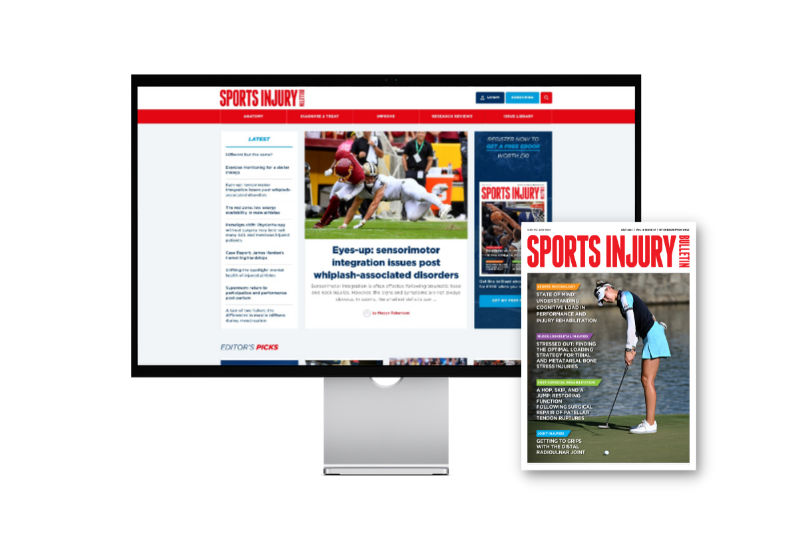 TAKE A RISK-FREE TRIAL
TAKE A RISK-FREE TRIAL
Newsletter Sign Up
Subscriber Testimonials
Dr. Alexandra Fandetti-Robin, Back & Body Chiropractic
Elspeth Cowell MSCh DpodM SRCh HCPC reg
William Hunter, Nuffield Health
Newsletter Sign Up
Coaches Testimonials
Dr. Alexandra Fandetti-Robin, Back & Body Chiropractic
Elspeth Cowell MSCh DpodM SRCh HCPC reg
William Hunter, Nuffield Health
Be at the leading edge of sports injury management
Our international team of qualified experts (see above) spend hours poring over scores of technical journals and medical papers that even the most interested professionals don't have time to read.
For 17 years, we've helped hard-working physiotherapists and sports professionals like you, overwhelmed by the vast amount of new research, bring science to their treatment. Sports Injury Bulletin is the ideal resource for practitioners too busy to cull through all the monthly journals to find meaningful and applicable studies.
*includes 3 coaching manuals
Get Inspired
All the latest techniques and approaches
Sports Injury Bulletin brings together a worldwide panel of experts – including physiotherapists, doctors, researchers and sports scientists. Together we deliver everything you need to help your clients avoid – or recover as quickly as possible from – injuries.
We strip away the scientific jargon and deliver you easy-to-follow training exercises, nutrition tips, psychological strategies and recovery programmes and exercises in plain English.


